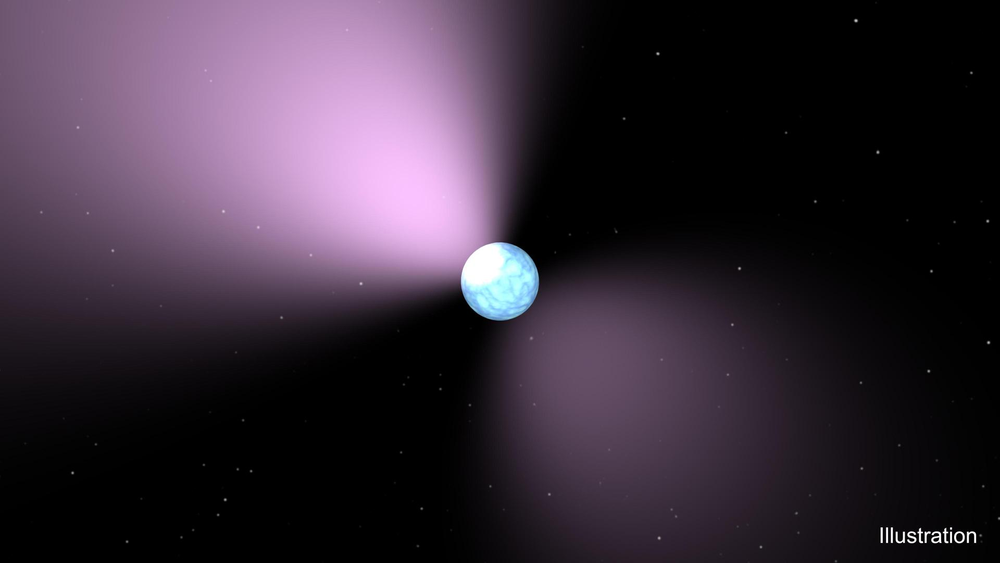Station Science Top News: May 5, 2023
Researchers report on X-ray outbursts that resulted in significant brightness from the pulsar SMC X-2 and behaviors related to this brightness and the star’s magnetic field strength. The data provide important insight into X-ray outbursts and other pulsar behavior.
An observatory on the exterior of the International Space Station, NICER studies the physics of neutron stars to help answer decades-old questions about extreme matter and gravity. Also known as pulsars, neutron stars are the glowing cinders left behind when massive stars explode as supernovas. SMC X-2 is one of the brightest transient X-ray pulsars in the Small Magellanic Cloud.

***
Spaceflight changes the expression of certain genes in human intestinal cells in ways that could affect susceptibility to infection. This finding may support development of nutrition-based measures and other actions to prevent and treat infectious disease in space and on Earth.
Spaceflight affects human immune and gastrointestinal functions and has been shown to increase the virulence of some pathogens. STL-Microbial Immunity examines how human cells respond to bacterial infections in space and whether normal processes seen on Earth continue in the space environment. This study was the first to expose both host and pathogen to spaceflight.
Read more here.
***
Registration is open for the 12th annual International Space Station Research and Development Conference (ISSRDC), July 31-August 3, 2023, in Seattle, Washington.
This event showcases the space station as a valuable platform for research and technology development that benefits humanity and enables a robust and sustainable market in low Earth orbit. Ainissa Ramirez, Ph.D., an international education expert who advocates making science fun and understandable to audiences of all ages, is scheduled to deliver a keynote speech.
Read more and register here.







